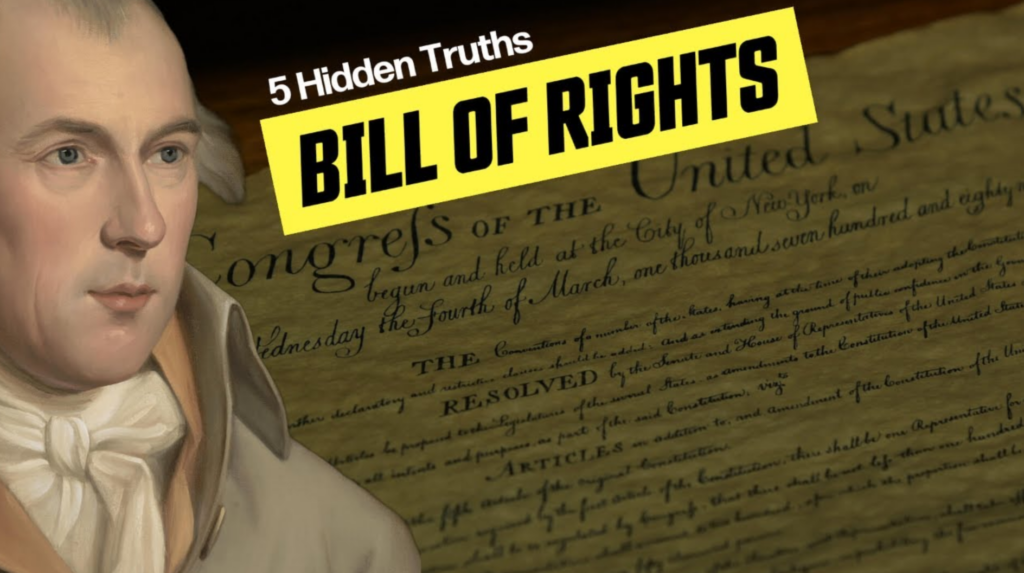The discussion surrounding the Bill of Rights often neglects significant historical context that shaped its formulation. A key point of contention was the opposition from the Federalists, who viewed the Bill of Rights as unnecessary and even dangerous. They believed that listing specific rights might imply that the government had the authority to infringe upon those rights not explicitly mentioned. This skepticism reflected a broader concern regarding the limitations of government power and the potential for tyranny. Understanding the motivations behind the Federalists’ stance provides insight into the foundational debates that influenced the creation of the Bill of Rights.
The key players in the formation of the Bill of Rights included prominent figures like James Madison, who initially opposed the addition of a Bill of Rights but later became its primary advocate. This notable flip-flop in Madison’s position underscores the complexity of the historical narratives surrounding the Bill of Rights, revealing how political necessity and public sentiment can influence ideological convictions. As popular demand for protections against government overreach grew, Madison recognized the importance of aligning with the desires of the people, leading him to champion the rights enshrined in the first ten amendments.
Central to the discussion of the Bill of Rights is its preamble, often overlooked in conversations about its implications and interpretations. The preamble serves as a crucial component that outlines the intentions behind the amendments, emphasizing the purpose of securing individual freedoms. By examining the preamble, one can better understand how the framers aimed to establish a foundation for civil liberties and limit governmental powers. This context highlights that the Bill of Rights is not merely a set of rules but rather a reflection of the philosophical principles that guided its creation.
Additionally, some key elements that did not make it into the Bill of Rights reveal further insights into the priorities and concerns of the framers. Many proposed amendments addressing issues such as economic rights, voting rights, and other civil liberties were ultimately left out of the final document. These omissions suggest that while certain rights were prioritized, the framers grappled with the scope and nature of rights they wished to enshrine. Understanding what was excluded from the Bill of Rights can illuminate contemporary debates about rights and freedoms and the evolving interpretation of the Constitution.
Exploring these lesser-known truths about the Bill of Rights invites a reevaluation of its significance and the political processes that shaped its development. It challenges the simplified narratives typically taught in educational contexts and encourages a deeper inquiry into the historical and ideological underpinnings of American democracy. The history of the Bill of Rights serves as a testament to the dynamic interplay between public opinion, political ambition, and the enduring quest for individual liberty.
In conclusion, a comprehensive understanding of the Bill of Rights requires an exploration of its historical context, key players, and the foundational philosophies that propelled its creation. By addressing aspects often overlooked—such as the Federalists’ opposition, Madison’s changing stance, the importance of the preamble, and the exclusions from the document—one can gain a richer appreciation for the ongoing relevance of the Bill of Rights in contemporary society. Its conception was a complex negotiation influenced by various forces, reflecting the evolving relationship between the government and its citizens in the pursuit of freedom and justice.

